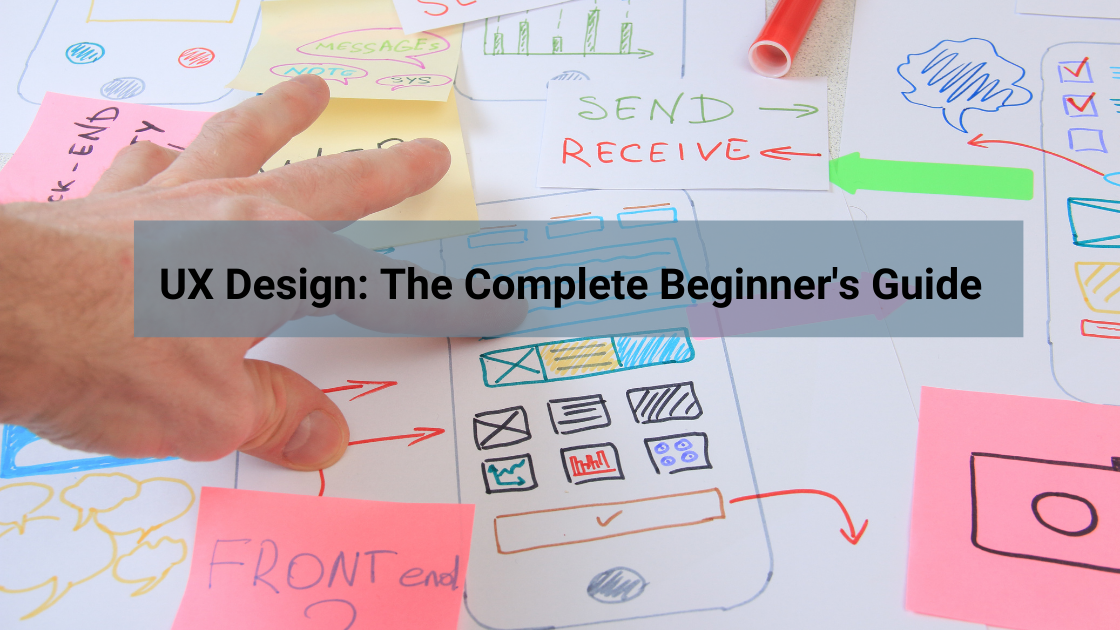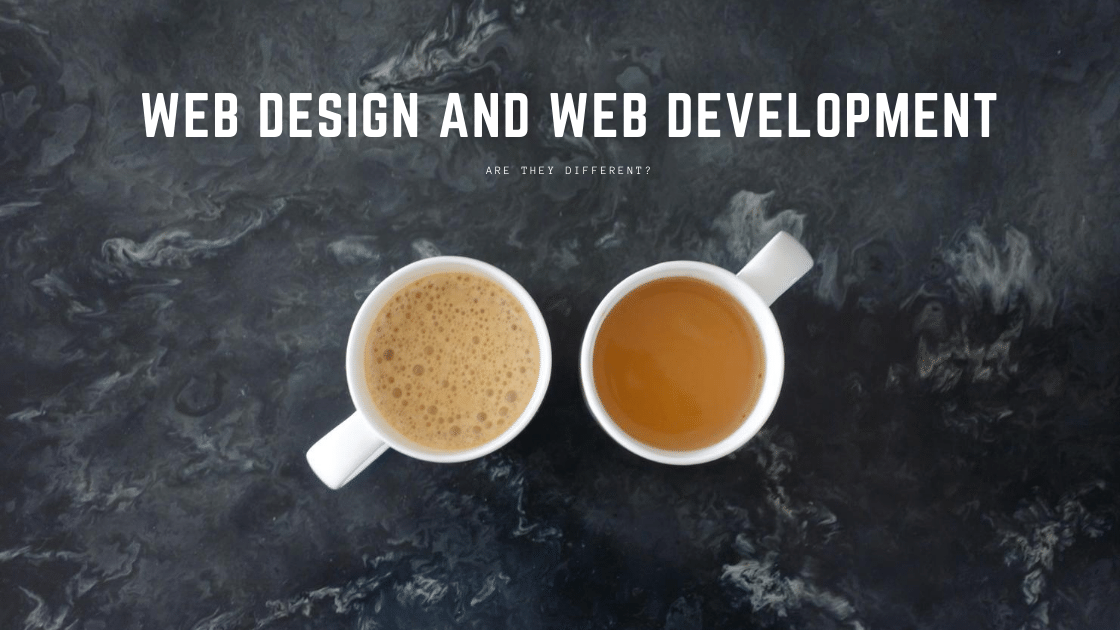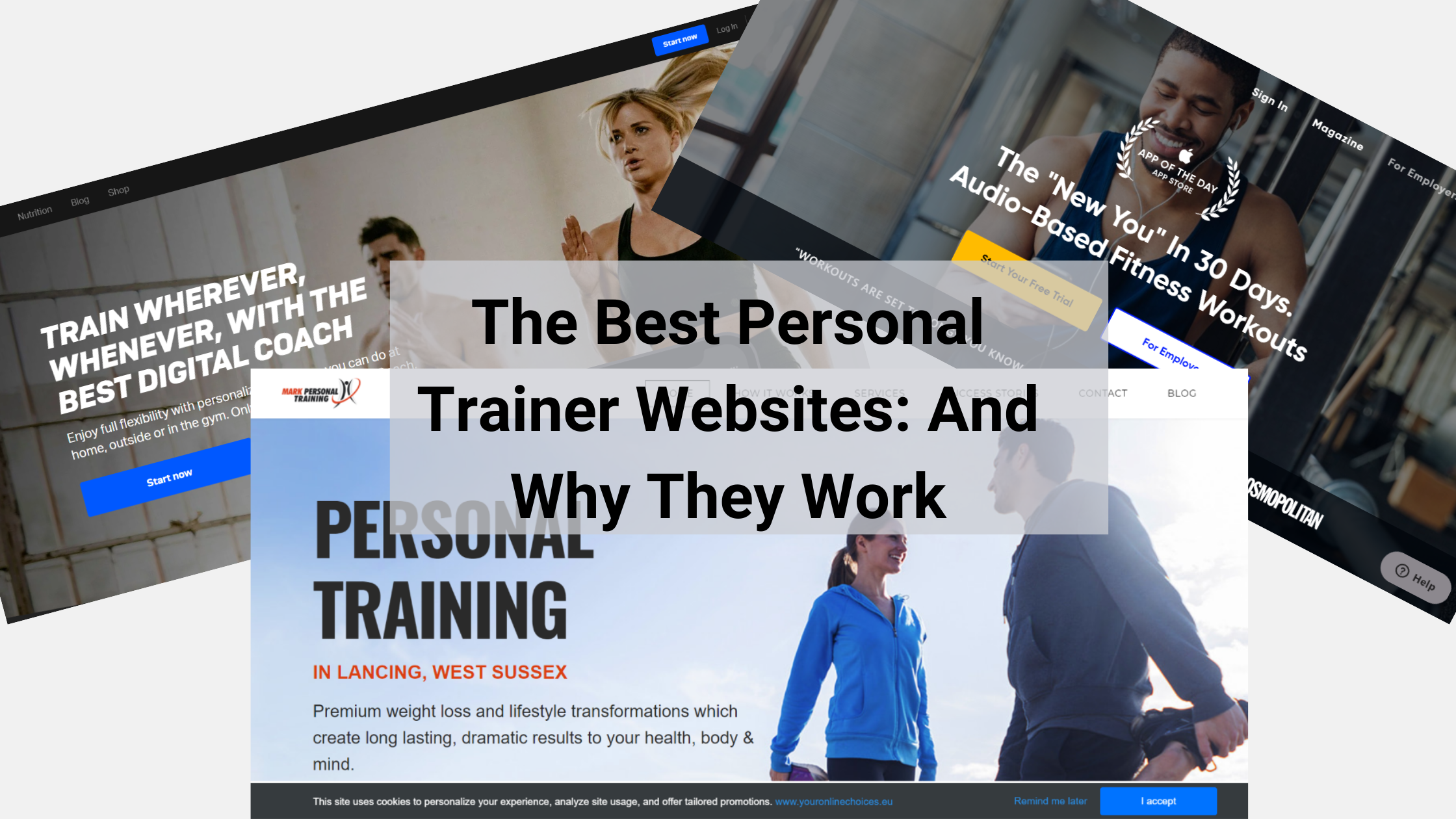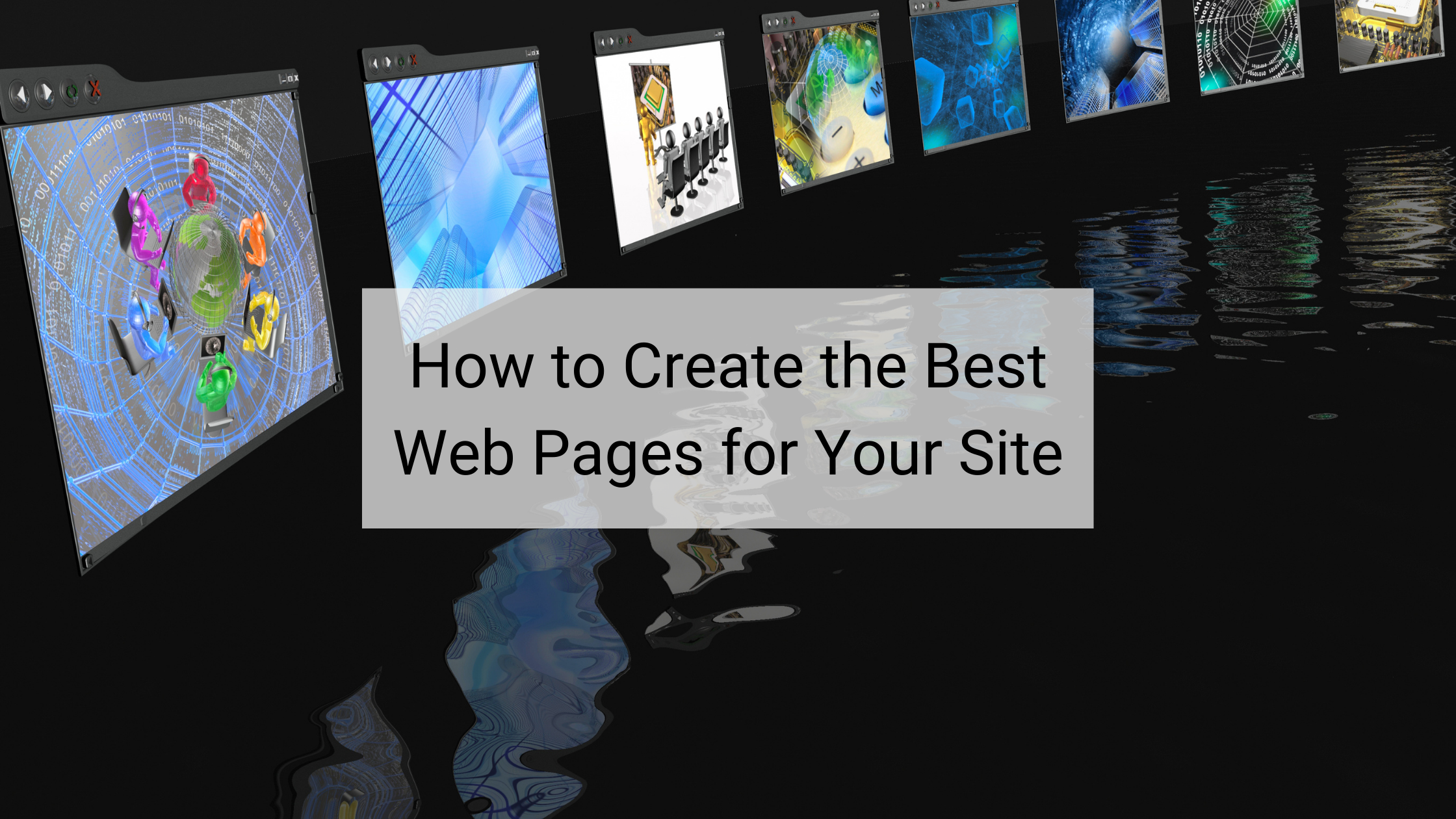Do you remember the simple websites of the 1990s? Take a look at Amazon through the years, and you’ll see how technology has advanced. One of the latest and most significant advancements is UI and UX design. But, what exactly is it, and why is it so important?
In this guide, we’ll cover UX and UI design, and guide you through the best practices.
What is UX Design?
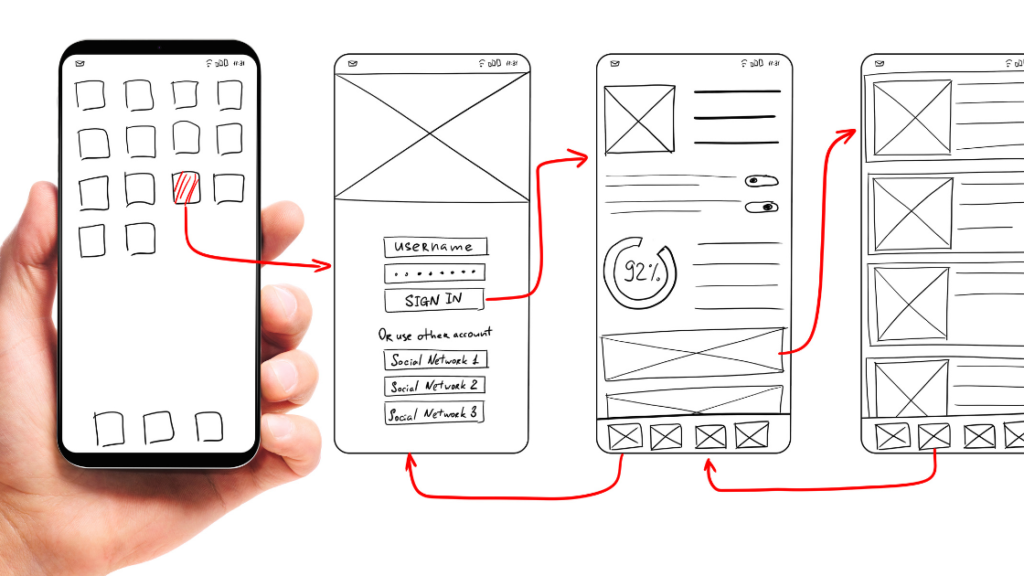
User Experience (UX) and User Interface (UI) are both different practices, but they’re equally important. While user experience focuses on how users experience and interact with a website, user interface refers to the more technical design elements such as colours and typography.
In this guide, we’re going to focus on user experience, which refers to:
- The experience of purchasing, opening and experiencing a product for the first time
- How products work
- Learning how to use products
- Upgrades
- Educating people about the product and customer support
So what is a good UX? It offers ease of use and is a mixture of strong marketing and seamless engineering. UX can only be successful if it’s supported by UI design because without essential elements such as text and typography, the user won’t have a good experience.
Now we’ve covered UX design meaning; we’ll talk more about the process involved and how you can make sure you create a strong user experience.
The UX Design Process
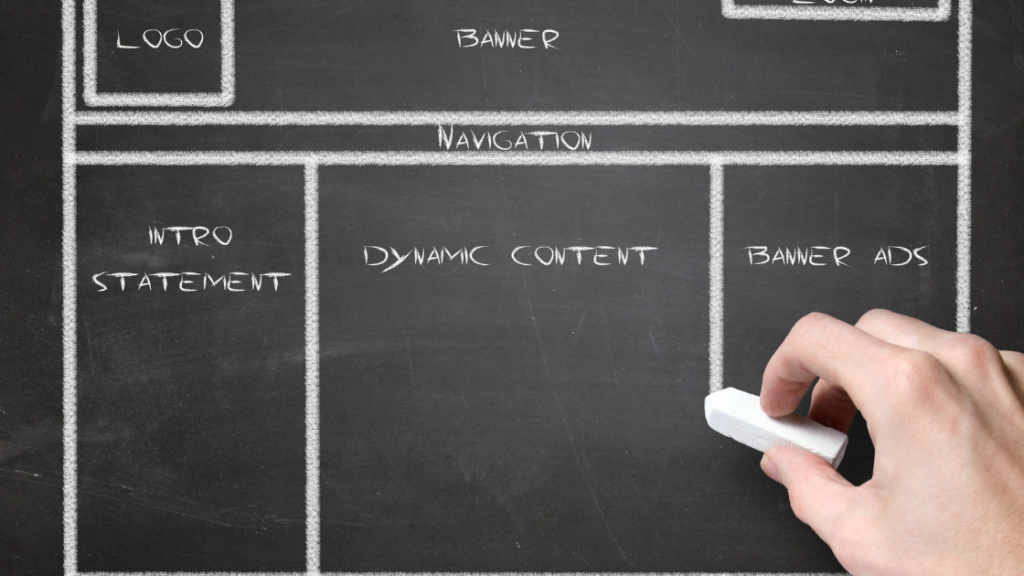
You can split the UX design process into five stages, which are research, design, prototyping, testing and measurement. While there are no set rules about the user experience process, you should follow these steps to ensure you cover all the bases.
Research
Research is the most important aspect of UX design because it enables you to understand your end-users. What are their pain points? Which products do they use already? Some companies can access their current customer base and find the information from them, but others might need to conduct research and create personas.
Buyer Personas
Buyer personas are fictional representations of a real audience, and they can help you to market your products. For example, say you conduct research and find that your product is most suitable for young, professional women. You can create a persona to cover the following points:
- What products do they currently use?
- What do they look for when they’re purchasing a product?
- Where do they shop?
- Which social platforms are they most active on?
Once you have one or more buyer personas in place, you know where to access your audience and how to market your product/service effectively.
Design
The second part of the UX process is designing your site. After you collect and evaluate your research, you can start to think about the customer journey and develop your product around that. The customer journey refers to the content and marketing collateral that will convince the buyer to make a purchase and the steps they’ll take when using the product.
A lot of companies use the process of wireframing to plan, structure and organise their product. Wireframes help you and your team to build a blueprint for future designs, and then you can expand on the interface elements by creating a mockup based on that blueprint.
If you’re not sure about how to use wireframing, there are some excellent web design templates to use here.
Using this technique enables a company to focus on providing the best experience for users and make sure elements such as responsiveness and page navigation are effective.
Prototyping
It’s essential that you don’t skip to creating and marketing your product straight away because the prototyping stage allows you to test your product and correct any bugs that occur.
The prototyping stage includes:
- Experimenting with various designs until you find one that fits your product/service and your customers’ needs.
- Checking for bugs and inconsistencies.
- Gaining valuable data and using it to improve your product.
- Presenting products to management and investors.
- Evaluating the functional aspects of products.
Most designers conduct the prototyping stage before they even think about coding.
Testing
After you create your prototype, you can start to test your product on your audience. You can do this in many ways, including conducting customer research, surveys and using website testing companies.
You can also conduct your own form of A/B Testing and present different versions of your product to test groups. Once you gather your data, you’ll be able to see which product receives the best response. It’s also worthwhile to note that different demographics might prefer a specific version, so you can consider targeting various age groups and genders with their chosen product versions.
The primary purpose of testing is to evaluate how effective your product is and fix any bugs or issues that arise during testing.
Measuring
If you think that once you release your final product, the UX process is over, then you couldn’t be more wrong. UX design is a continual process, and you should continuously evaluate and make adjustments throughout the products lifecycle.
For example, if you operate an e-commerce website, it’s recommended that you implement a live chat feature to offer better levels of customer service. However, technology advances all the time, and as live chat features improve, you should make sure you update your chat to the latest version.
Only with constant evaluation can your product continue to provide a good experience for your user and retain the relevance of your product in a competitive market.
The Bottom Line
UI and UX design are vital tools for every company to utilise, and with time and practice, you can learn to implement both of them across your products. Remember, UX is applicable for websites, products and even services, so if you want to access professional support, talk to a top web design company in the UK.
If you’d like to learn more about UX design, then check out our guide on how to create the best web pages. Also, feel free to add your comments below. We’d love to hear your thoughts on UX and UI.


